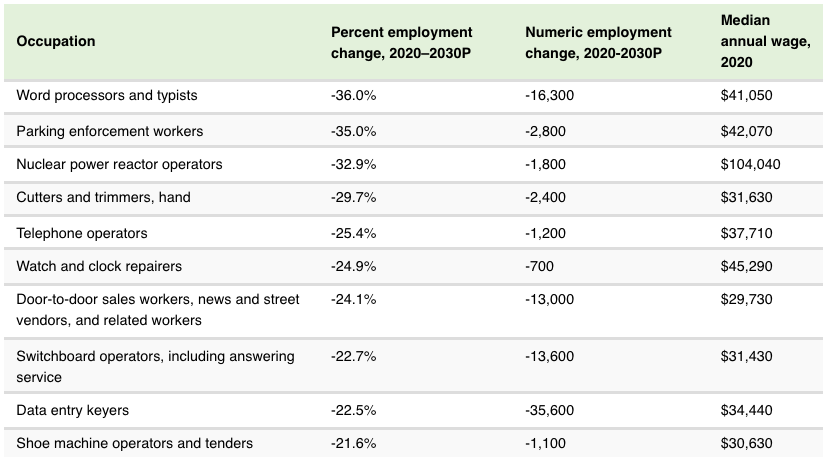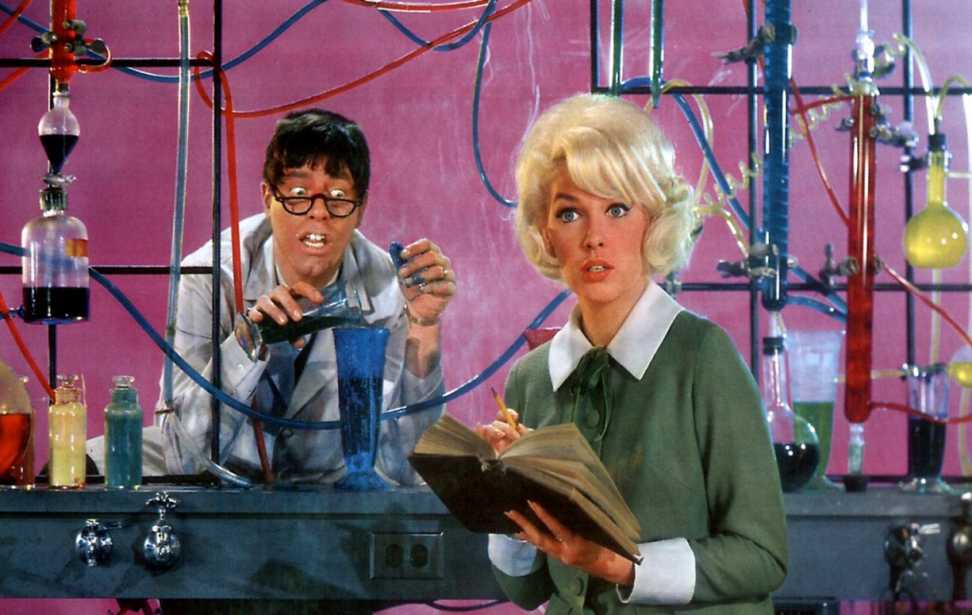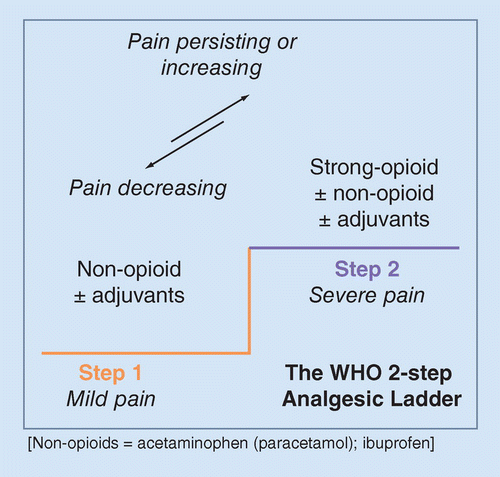
You're in the right place if you are looking for information on pediatric endocrine issues. This section will explain the science, symptoms, treatments, as well as the research behind children's endocrinology. You'll also learn about the latest advancements in the field, including the recent use of PET scans. You can read on to learn about the specialties in our team.
Symptoms
A pediatric endocrinologist examines disorders of the hormone system. The hormones the body produces from the endocrine cells regulate temperature, mood, growth and other functions. These hormones are distributed throughout the bloodstream and to various tissues. These hormones can cause a wide range of problems if they are not properly produced. It is possible for children to have either an overactive or inactive endocrine.
A pediatric endocrinologist specializes in disorders of the glands and hormones that regulate a child's growth and development. Because children are much different from adults, problems involving hormones may affect a child's emotional health and development. Pediatric endocrinologists have a special understanding of children's needs. They work in appropriate settings. To provide the best possible care, a pediatric endocrinologist collaborates with families and other professionals.

Tests
Pediatric endocrine issues can require testing. There are certain tests that are more efficient than others. Children should not have to undergo every test. The American Academy of Pediatrics has compiled a list of five things to avoid. The focus of the list of tests to avoid is children with a history hyperglycemia. The list is not exhaustive, but it should be helpful for determining which tests to have.
A test called stimulation testing may be performed to evaluate whether the child's pituitary gland produces enough growth hormone and glucose. This test allows doctors to rule diabetes, insulin resistance, hypoglycemia, or adrenal dysfunction. In children undergoing early puberty, stimulation testing may also be used to assess lupron levels and assess adrenal function. These tests can lead to additional diagnosis and treatment.
Treatment
Children's endocrinology involves the diagnosis and treatment of conditions related to the endocrine system. Type 1 Diabetes refers to a condition where the body does not produce enough insulin or has difficulty getting weight. Pituitary disorders and osteogenesis imperfecta are some other endocrine conditions. Pediatric endocrinologists manage a wide variety of conditions that affect children, due to their broad scope.
Pediatric endocrinologists have a specialization in treating children's endocrine problems. The glands responsible for producing hormones in children regulate nearly all parts of the body. The endocrine system monitors and orders all bodily systems. If anything is not working properly, it can cause major health problems. Type 1 diabetes, a condition that results in the need to take insulin every morning, is an example.

Research
The Division of Pediatric Endocrinology research focuses on the regulation of growth and developmental hormones and their development. Type 1 diabetes mellitus is a condition that is closely linked with high rates of cardiovascular disease and metabolic syndrome. TrialNet is a multicenter network that has been funded by NIH. It focuses on type 1, diabetes. The Autoimmunity Center of Excellence conducts research to develop a mechanistic understanding of type 1 diabetes. This division also conducts research on new techniques for measuring body composition in children and cardiometabolic disease in adults.
NYU Langone's Division of Pediatric Endocrinology and Diabetes focuses on a range of research areas. The scientists are involved in a wide variety of research projects. These scientists often give lectures at scientific meetings. Research areas that are also of interest include the study and evaluation of the effects of different medications on the development of the pediatric endocrine systems, as well as the research of growth hormone therapies. The New York University Endocrinology and Diabetes Center is a world-renowned center for pediatric endocrinology and diabetes care.
FAQ
How can I become creative in my health care?
You have many options to become a creative healthcare professional. Some people start off as students. Others begin their careers in other areas such as engineering or business.
Some individuals choose to learn a course about a specific topic. Some choose to elective courses that examine different perspectives on health or health care.
Whatever your pathway, you'll learn about topics related to health and health care through lectures, readings, group discussions, assignments, and projects. There are workshops, conferences, as well as seminars.
When you complete the program, your knowledge will give you the skills to work with clients, colleagues, and patients in any role within the health system.
You may even pursue a doctorate.
What are the three types?
Patients have limited control over the treatment they receive in this system. They might go to hospital A only if they require an operation. Otherwise, they may as well not bother since there isn't any other option.
The second system, which is fee-for-service, allows doctors to earn money based upon how many operations and tests they perform. If you don’t pay them enough they won’t do additional work and you’ll be twice as expensive.
The third system pays doctors according to the amount they spend on care, not by how many procedures performed. This encourages doctors not to perform surgery but to opt for less costly treatments like talking therapies.
How can we improve our health care system?
We can improve our health care system by ensuring that everyone receives high-quality care, regardless of where they live or what insurance they have.
All children should receive the recommended vaccinations so that they do not get diseases like rubella, measles or mumps.
We must continue to work towards reducing the cost of health care while ensuring that it remains accessible for all.
What are the main functions and functions of a health-care system?
The health system must provide quality medical services at affordable prices to all people.
This includes providing preventive health care, promoting healthy lifestyles, and appropriate treatment. It also requires equitable distributions of healthcare resources.
Statistics
- Price Increases, Aging Push Sector To 20 Percent Of Economy". (en.wikipedia.org)
- Consuming over 10 percent of [3] (en.wikipedia.org)
- Foreign investment in hospitals—up to 70% ownership- has been encouraged as an incentive for privatization. (en.wikipedia.org)
- For the most part, that's true—over 80 percent of patients are over the age of 65. (rasmussen.edu)
- The health share of the Gross domestic product (GDP) is expected to continue its upward trend, reaching 19.9 percent of GDP by 2025. (en.wikipedia.org)
External Links
How To
What are the 4 Health Systems?
The healthcare system is complex and includes many organizations, such as hospitals, clinics. pharmaceutical companies. insurance providers. government agencies. public health officials.
The goal of this infographic was to provide information to people interested in understanding the US health care system.
These are the key points
-
Annual healthcare spending amounts to $2 trillion, or 17% of GDP. This is nearly twice the amount of the entire defense spending budget.
-
Medical inflation reached 6.6% for 2015, more than any other category.
-
Americans spend on average 9% of their income for health care.
-
As of 2014 there were more than 300,000,000 Americans who weren't insured.
-
The Affordable Care Act (ACA) has been signed into law, but it isn't been fully implemented yet. There are still many gaps in coverage.
-
A majority of Americans believe that the ACA should continue to be improved upon.
-
The US spends more than any other nation on healthcare.
-
The total cost of healthcare would drop by $2.8 trillion annually if every American had affordable access.
-
Medicare, Medicaid and private insurers pay 56% of healthcare expenses.
-
The top three reasons people aren't getting insured include not being financially able ($25 billion), having too much time to look for insurance ($16.4 trillion), and not knowing what it is ($14.7 billion).
-
There are two types of plans: HMO (health maintenance organization) and PPO (preferred provider organization).
-
Private insurance covers all services, including doctor, dentist, prescriptions, physical therapy, and many others.
-
Public programs cover hospitalization, outpatient surgery, nursing homes, hospice care, long-term care, and preventive care.
-
Medicare is a federal program providing senior citizens health coverage. It pays for hospital stays, skilled nursing facility stays, and home health visits.
-
Medicaid is a joint federal-state program that provides financial assistance for low-income individuals or families who earn too little to qualify for other benefits.